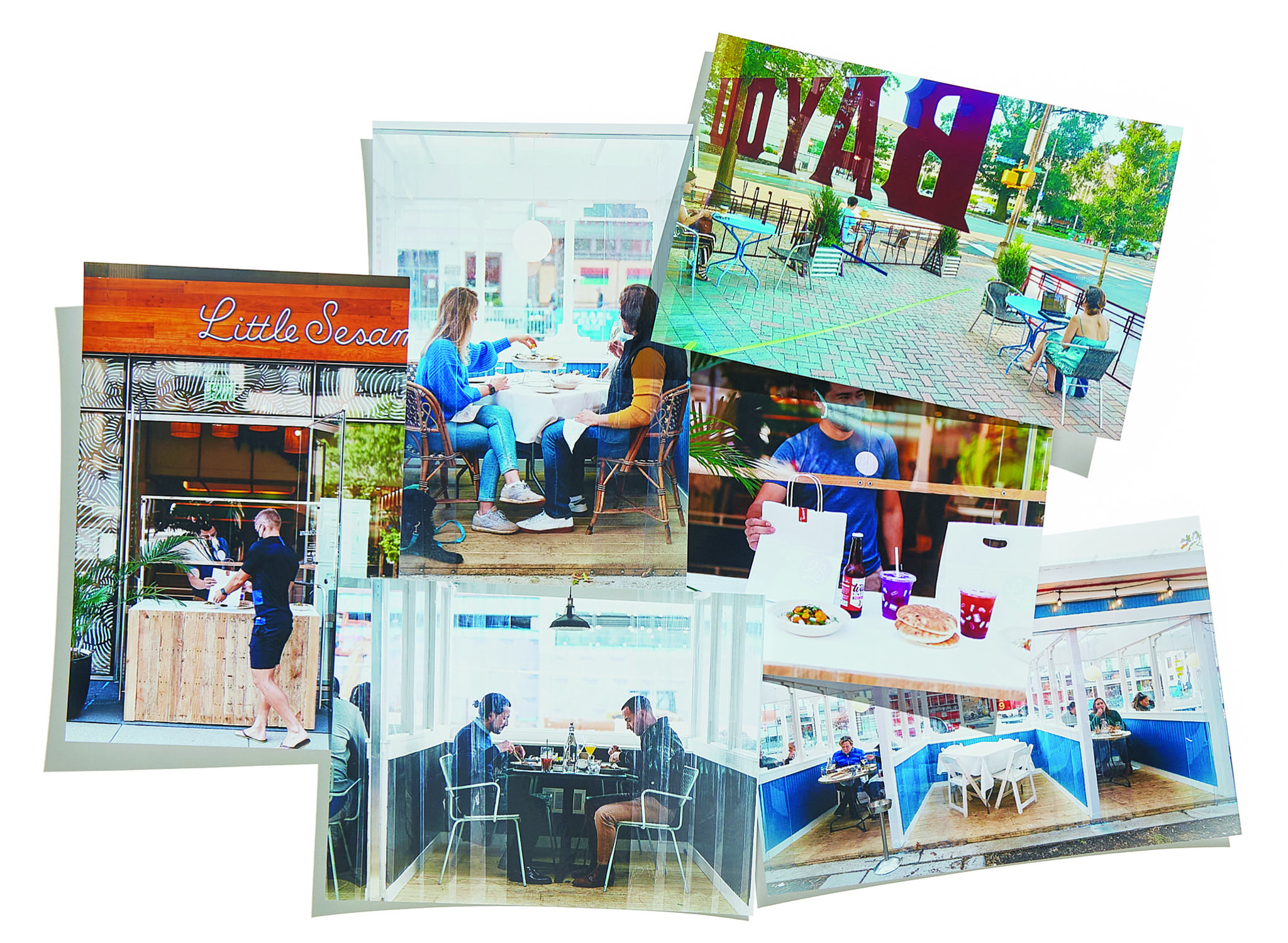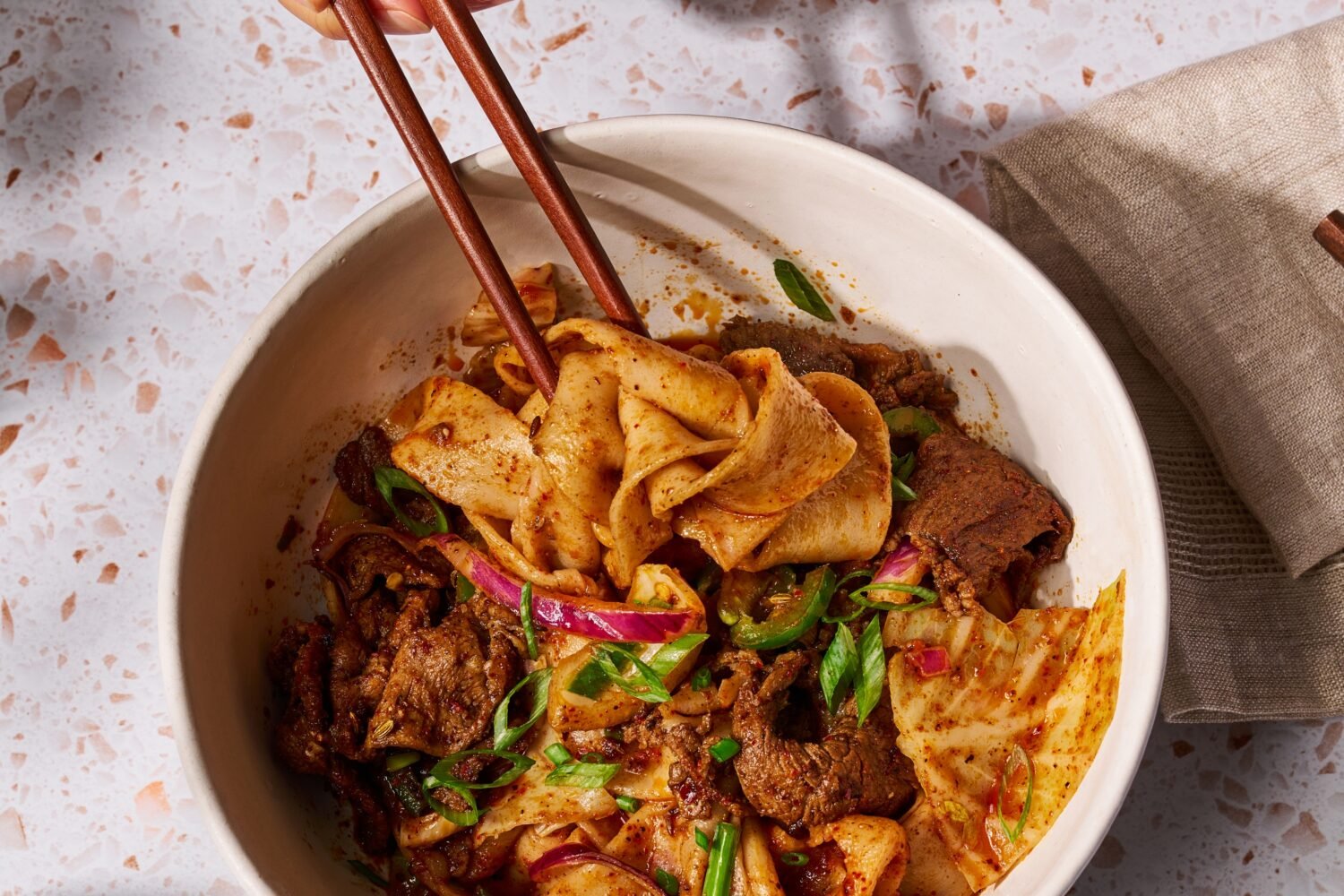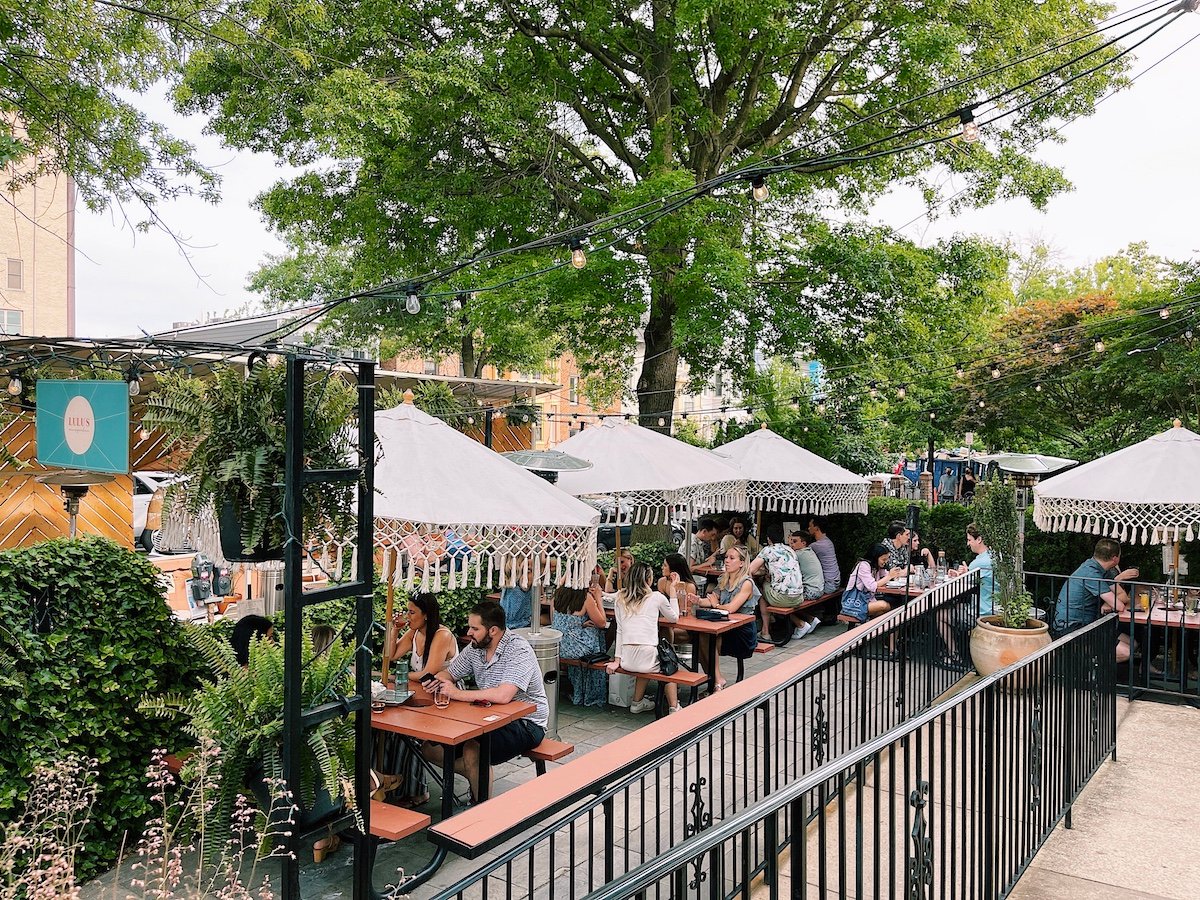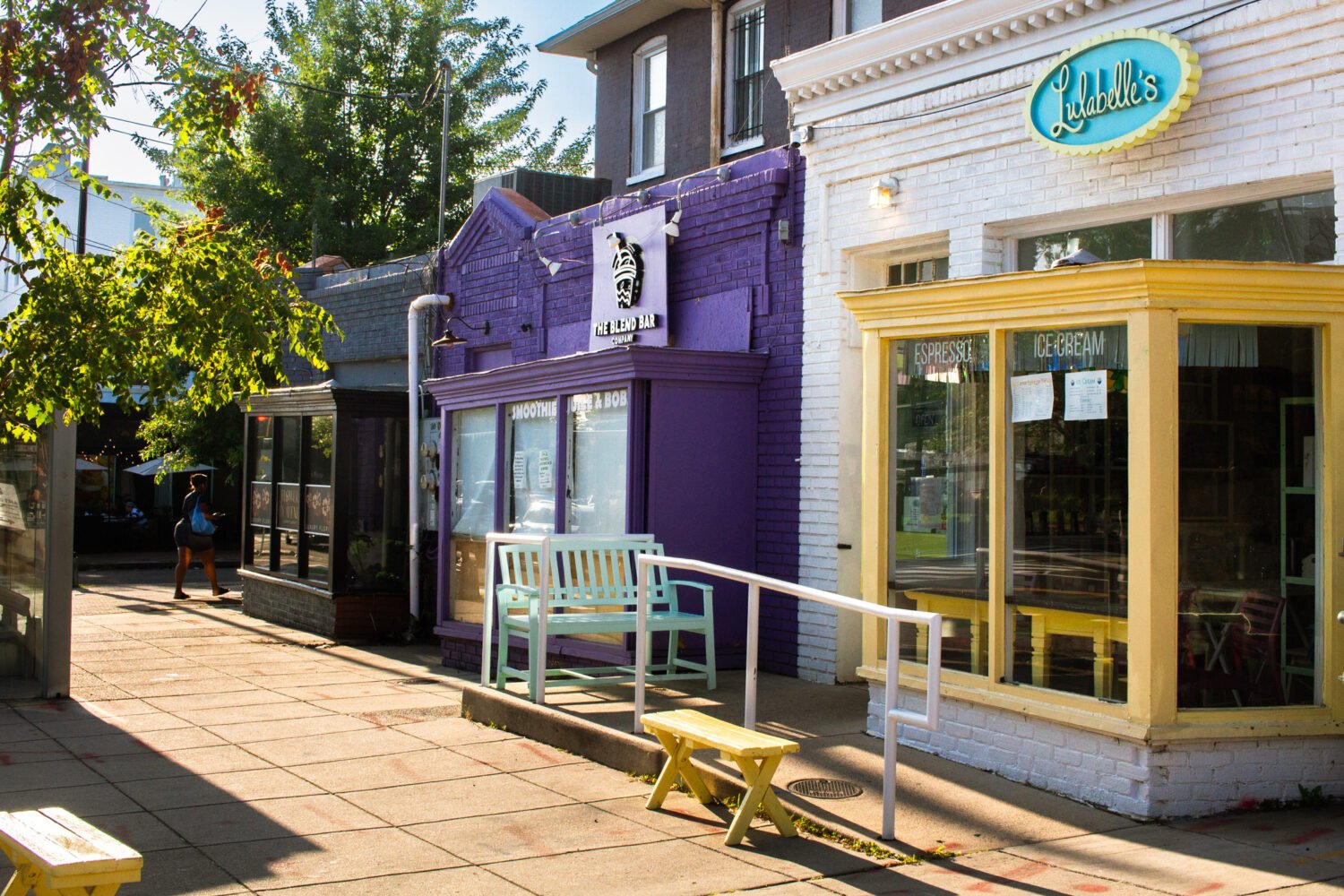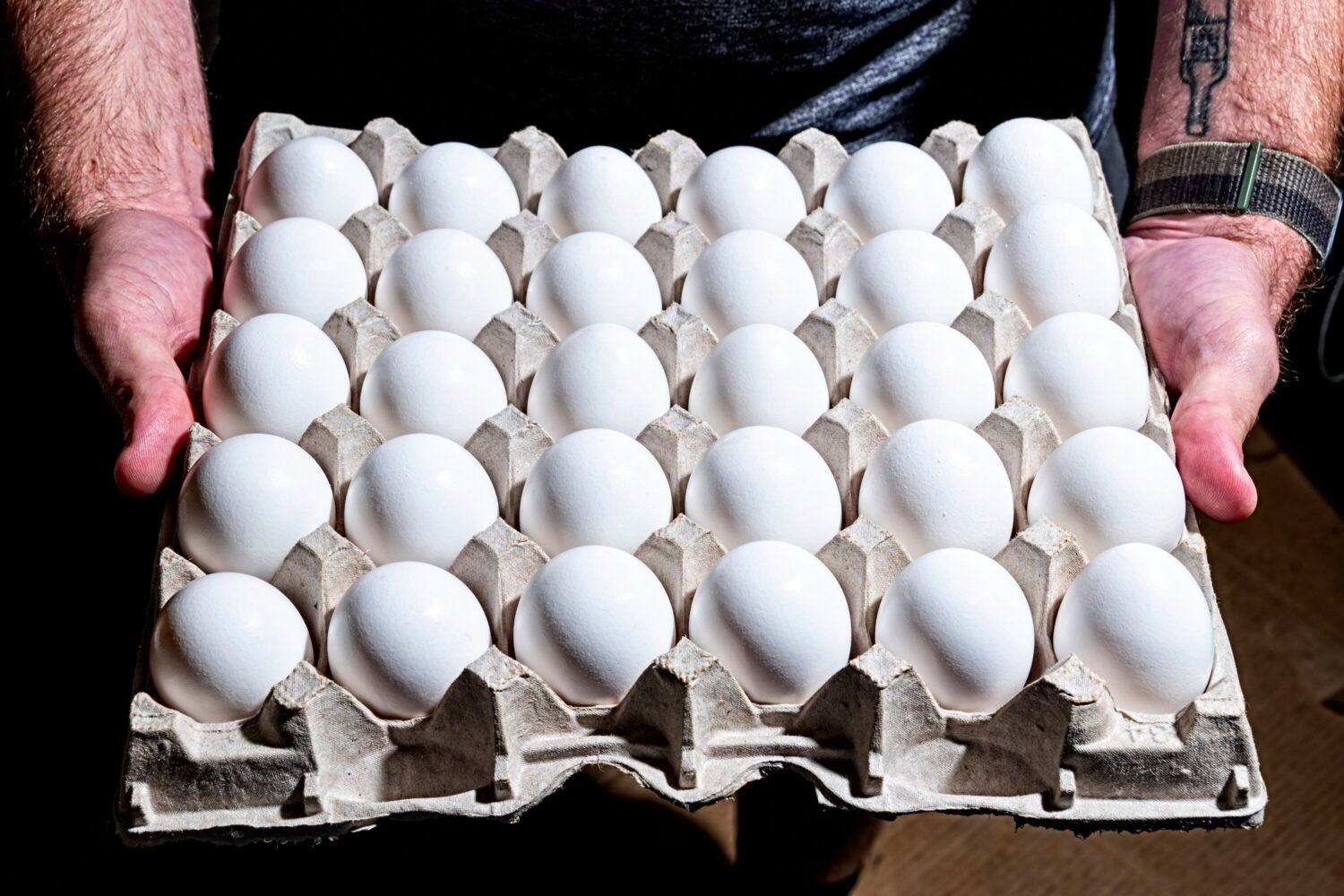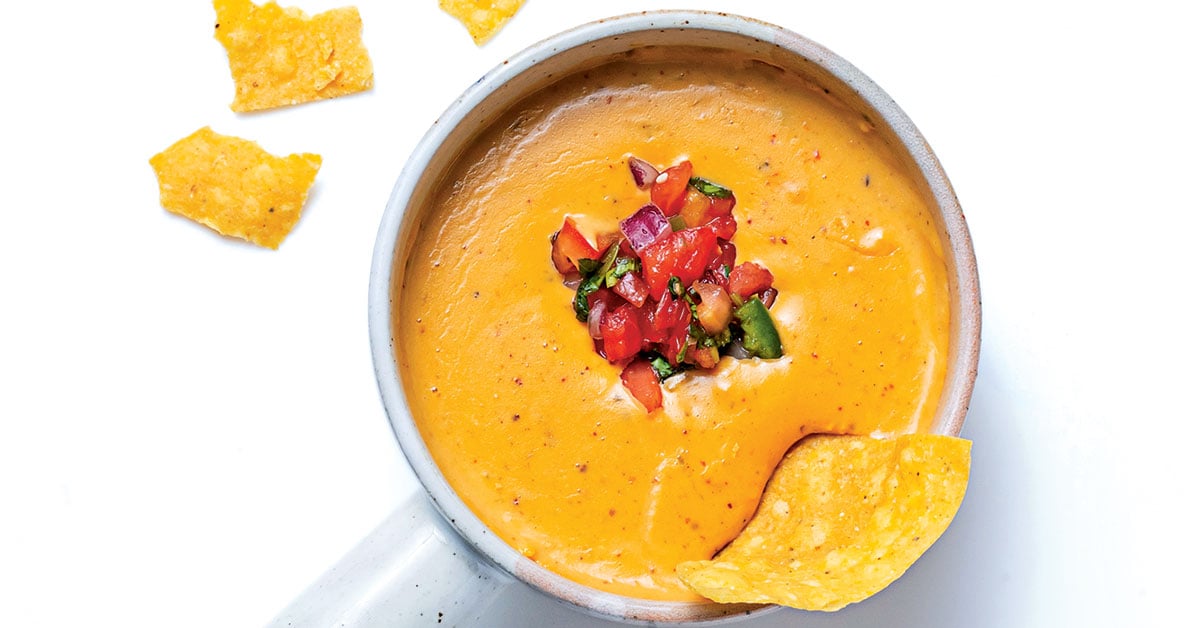Before the pandemic, a restaurateur might have easily dropped $3.5 million on a splashy new build-out filled with intimate flourishes such as a chef’s tasting counter, a communal table, and a basement lounge. Now all that touchy togetherness seems, in the words of one interior designer, “kind of gross.”
That the restaurant-design landscape will look very different in the years ahead is no surprise. These days, many designers are trying to figure out which pandemic-era trends will stay or go.
“We’re looking at laws that have been modified, like alcohol for off-premise consumption,” says Brian Miller, cofounder of Edit Lab at Streetsense and designer of such restaurants as Daikaya and the Dabney. “The more those things stick around, the more retail you’ll see baked into restaurants. But things like plexiglass dividers—that’s more hygiene theater than permanent.”
That’s not to say the allure of personal privacy will fade. Warren Weixler, cofounder of the design agency Swatchroom, which has created transportive looks for Brasserie Liberté and San Lorenzo, predicts that “alcoves, nooks, curtains, and high-backed booths and chairs” will become even more popular.
A hot term right now is “second-generation restaurants”—spots whose previous tenant has vacated. (Predictably, there are an increasing number.) Allison Cooke, whose portfolio at Core Architecture + Design runs the gamut from Silver Diner to Minibar, says one of her current challenges is revamping those rooms on a lean budget.
“There are operators who are looking to come in and change the feel but not the bones,” she says. “You have to consider: What was the perception of the restaurant before? If it’s negative, you don’t want it to feel the same. If it’s positive, you can be working against a nostalgic association.”
One thing these designers agree on: The need for takeout is permanent. Restaurants are being reconfigured for better flow that reduces crowding. Miller predicts that the trend of dedicated, labeled shelving for takeout—a quick grab-and-go feature he incorporated into the pre-pandemic design at Little Sesame—may become popular with full-service restaurants. For finer-dining places, the aim is to avoid mixing a dinner-
date clientele with delivery drivers.
“Sometimes there are six delivery people waiting, and restaurants worry that if you walk by and see a line outside, you’ll think it’s too busy,” says Grizform Design Architects’ Griz Dwight, the talent behind Estadio and La Famosa. He envisions separate entries for UberEats drivers, carryout customers, and in-house diners. “We’re also looking at putting hostess stands outside,” he says. “That’s a major interaction point where a lot of unrelated parties come together.”
Outdoor space, once a nice-to-have, is now a must-have. DC is considering extending its streetery program through 2023. Le Diplomate’s “streetside chateaus,” two rows of jaunty heated cabins custom-designed by Starr Restaurants, have become “the gold standard for what your outdoor strategy can be,” says Dwight. “People go out for the experience—tables and chairs on the street don’t give that feeling.” The individually lit chateaus, in two adjacent parking lanes outside the brasserie, can seat up to 74. Starr’s team is looking into cooling them for summer—not an inexpensive endeavor overall.
Still, Miller counters: “The reality is, as nice as the nicest outdoor seating is, once it’s really safe to dine indoors, the outdoor spaces aren’t going to hold a candle.”
One design element that may not make a comeback anytime soon? Expensive soundproofing systems. “I think you’ll hear fewer noise complaints going forward,” Miller predicts. “Just the idea of being around a bunch of loud, joyful people—if you want to go out, that’s what you’ll want to hear.”
This article appears in the April 2021 issue of Washingtonian.

